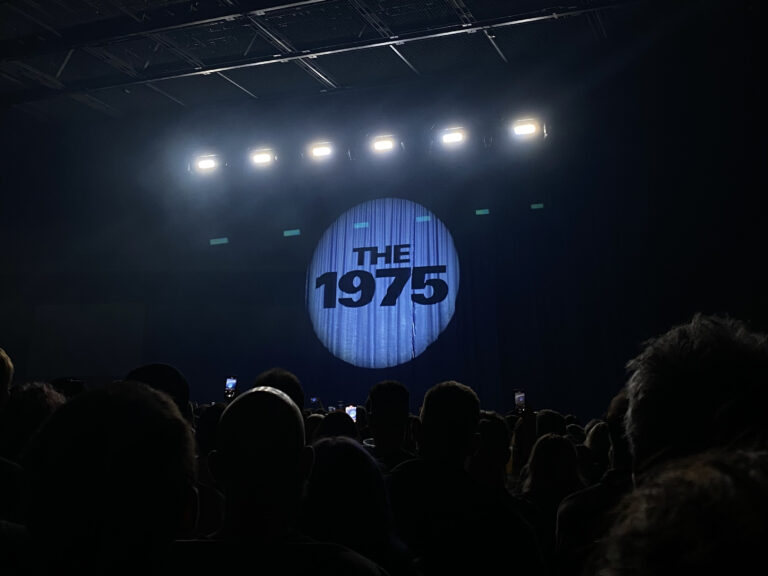Is This The End of The Music Video as We Know It?

When was the last time you found yourself deeply immersed in the sheer artistry of a music video? From the long, winding introductions before those first beats of the track kick in, to the narrative arc that elevates a song’s otherwise uninterpretable lyrics, when was the last time you really sank back into your seat and watched?
In an era where short-form content reigns supreme, music videos, once revered as a pinnacle of visual storytelling, seem to be emerging as a somewhat dying art form. So while the days of tuning in to MTV for the latest music video premieres may be long gone, and the eager anticipation to see One Direction’s newest video may be a distant memory, is this just a sign of the times? Or is this merely a crossroads which the music industry, as it always does, will simply have to navigate?
Music videos used to be a crucial part of an artist’s repertoire. Not only were they influential to the audience of adoring fans, but they also served as a testament to the pop culture scene of the time. Think Ke$ha’s TikTok or Queen’s Bohemian Rhapsody – these memorable videos remain cherished in the halls of pop-culture fame some decades after their debut, and will remain there for several more to come. In particular, music videos of the 2010s transcended the realm of entertainment to become cultural phenomena. They sparked conversations, inspired fashion trends, and even influenced social and political movements. Examples include Beyoncé’s Formation, which celebrated black culture and empowerment, and Childish Gambino’s This Is America, a powerful commentary on race and violence in America.
So where are we going wrong?
The decline of music videos has become increasingly evident, particularly with platforms like TikTok rising through the ranks as the primary source for discovering new audio content – content, which some may argue, is devoid of the visual storytelling that once captivated audiences. This decline is exacerbated by shrinking budgets, hindering creative marketing efforts within the industry. To top all of this off, smaller artists are now expected to promote themselves and expand their audience using their existing following and resources. Times are changing across the entirety of the music industry, but when do we stop sacrificing the aspects of recorded music that make it truly great?
Now, accessibility to music has undergone a remarkable transformation, empowering individuals to explore and discover new sounds effortlessly. But we need to understand how this has happened. The paradigm shift in music consumption has largely been fueled by the widespread adoption of music streaming platforms and the integration of smart home devices like Alexa, which seamlessly cater to users’ diverse musical preferences at the mere utterance of a command.
Moreover, the integration of social media in our daily lives has revolutionised the way artists engage with their audience, with the monetisation of social media attention reshaping the music industry landscape. However, this newfound emphasis on digital presence and online visibility has arguably removed the demand for multi-million-pound music videos – those same videos that both supplement and complement the messages conveyed through music.
While it’s true that there have been recent music videos that demonstrate considerable thought and effort into their delivery, it’s evident that their impact doesn’t resonate as deeply as it once did. Plus, while factors such as the rise of short-form media content and insufficient funding from record labels play a role in this dying art form, consumers also bear responsibility for the shifting landscape of the industry.
Where do we go from here?
In today’s fast-paced digital landscape, where attention spans are fragmented and content is consumed in bite-sized increments, it would be easy to say yes: music videos are a dying breed. However, the spirit of artistic exploration does and will continue to live on, just not in the way that we’re used to seeing it.







